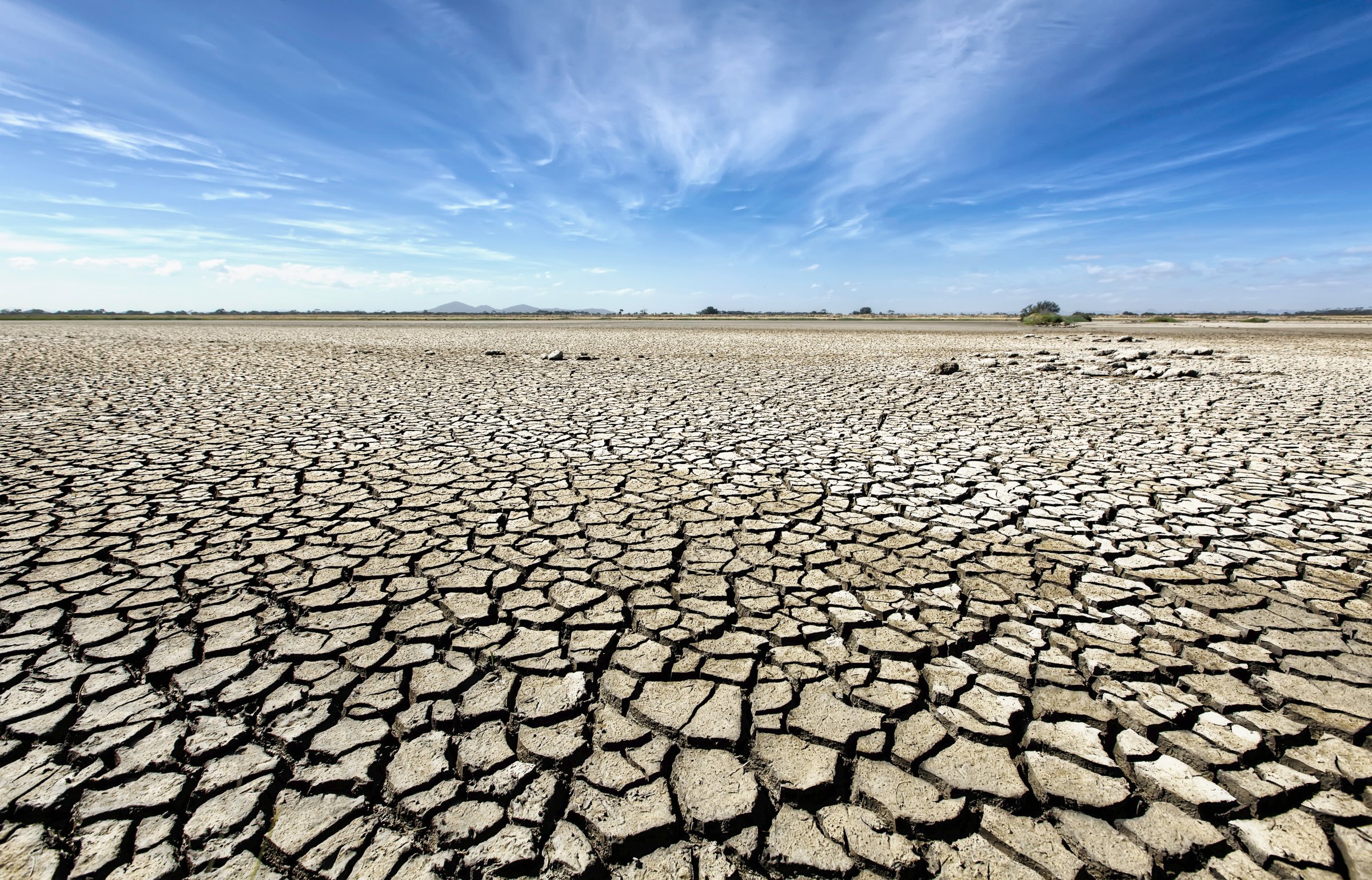
The U.S. Southwest could face destructive mega-droughts unless dramatic action is taken to curb emissions of the greenhouse gases that cause climate change, according to new research.
Researchers behind the study, published in the journal Science Advances, found that expected temperature increases will lead to a 70% chance of a mega-drought assuming a moderate increase in precipitation. If rainfall remains constant or falls, the chance of a mega-drought soars above 90%, according to the study.
Mega-droughts have the intensity of the worst droughts of the 20th century but last for decades. A mega-drought in the American Southwest would strain water resources in a highly populated region. The ongoing California drought has led to unprecedented water restrictions after only six years.
Researchers say their findings have a silver lining: ongoing efforts to reduce greenhouse gas emissions could significantly limit the chances of such a drought. If temperature rise in the region remains below 2°C (3.6°F), the risk of a mega-drought will drop below 66% in most cases of precipitation, according to the study. The stated goal of the Paris Agreement on climate change is to keep global temperature rise below 2°C (3.6°F) by 2100.
More Must-Reads from TIME
- Cybersecurity Experts Are Sounding the Alarm on DOGE
- Meet the 2025 Women of the Year
- The Harsh Truth About Disability Inclusion
- Why Do More Young Adults Have Cancer?
- Colman Domingo Leads With Radical Love
- How to Get Better at Doing Things Alone
- Michelle Zauner Stares Down the Darkness
Write to Justin Worland at justin.worland@time.com